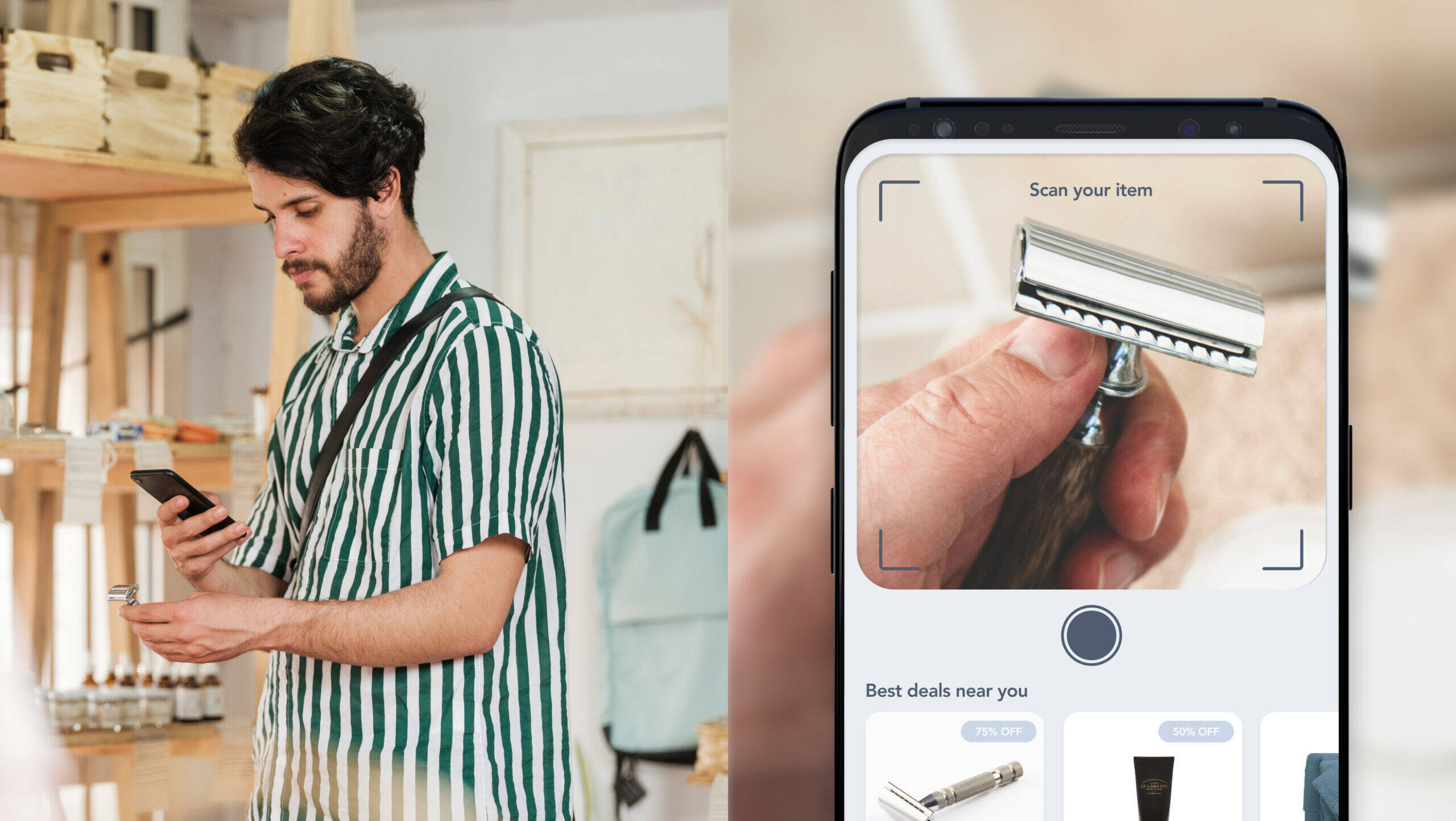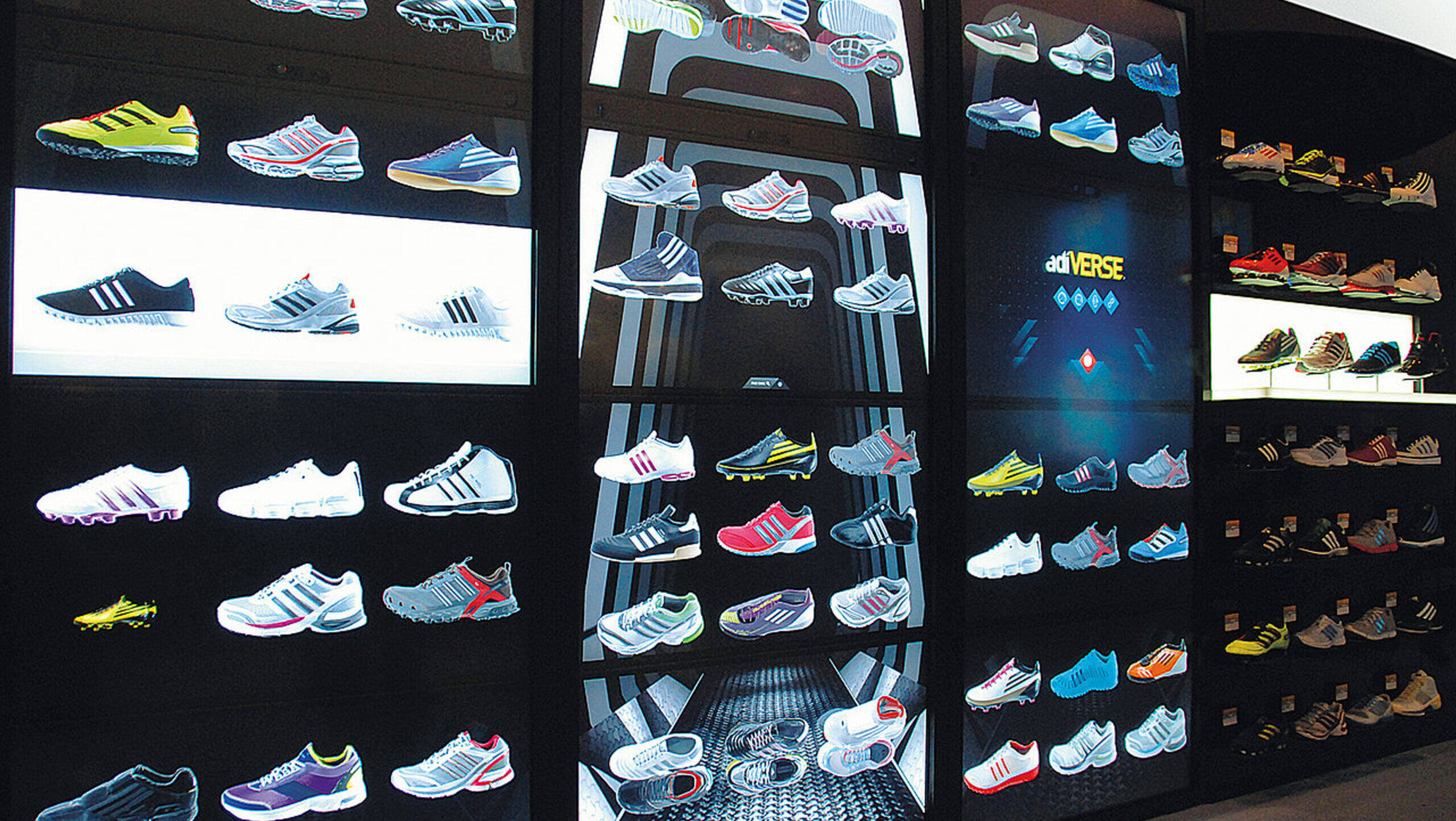
You know the drill. A customer goes into a store to check out a product — a smartphone or another electronic device. Then, after physically interacting with the product, they head home and purchase the same device online from the cheapest vendor. Showrooming presented a real challenge to B&M retailers, but it also gave them an edge. After all, most consumers still prefer to see, feel, touch, wear and try products before making a final purchase. Savvy B&M retailers have embraced showrooming as an opportunity and invested in making their in-store experiences as engaging as possible (often with digital enhancements).
Now, however, in the midst of the ongoing COVID-19 pandemic, B&M retailers are struggling to find solid footing. Fewer consumers are willing to go to stores unless they really need to, and those who do are much less inclined to physically interact with products.
Retailers everywhere are looking to fill the gap, stores are scrambling to create safe and engaging in-person experiences. Digital companies are seeking to make online shopping more interactive and meaningful in a way that rises above one-dimensional e-commerce listings. In both instances, the answer lies in strengthening retailers’ digital showrooming capabilities.
How to Enhance Your Retail Company’s Digital “Showrooming” Experience

Whether your retail business is B&M, e-commerce, or some combination of the two, here are some tips to instantly up your digital showrooming game.
1. Online Shopping Solutions
Many consumers are now doing most (or even all) of their shopping online in an effort to remain healthy during the pandemic. Whatever the reason for shopping online, customers are looking for the most engaging and informative digital showrooming experiences out there. Here’s how to deliver:
2. Own your audience’s comparison shopping experience
Comparison shopping is a major part of the showrooming experience for most consumers. In a branded B&M environment, the comparison process works to your advantage: you win no matter which item they choose to buy. Online comparison shopping often favors pricing and convenience over brand or retailer loyalty.
You can make online comparison shopping “stickier,” and improve your digital showroom experience, by offering comparisons within your own product suite. Apple and Google both lean heavily on this approach, offering experiences for their phone lines that showcase how the various devices appeal to different consumer needs. Doing so creates a “which one of your products should I choose?” mindset rather than a “which of all products should I choose?” mindset. Making this comparison feature engaging, even fun, rather than bland and utilitarian is key to roping your users in.
3. Take WYSIWYG (“what you see is what you get”) to the next level
Memes abound poking fun at the unfortunate difference between the way products are portrayed online and what actually shows up on consumers’ front doorsteps. That’s one big reason consumers prefer to encounter a product in real life before committing to make a purchase. When it comes to your digital showroom, the more real you can make your product feel, the better. Seek creative solutions, such as using high-quality photography, video demos, or even 3D assets that show the product in situ.
4. Try before you buy — virtually
In-store demos are so powerful because they allow consumers to experience a product, with all their senses engaged, as they literally or figuratively “try it on for size.”
Digital can never fully replicate that embodied quality of in-store shopping. But it can approximate the “trial” phase of shopping in ways that are almost as — and sometimes even more — valuable.
When it comes to trying things on, online retailers have historically made do with detailed sizing charts and generous return policies — a poor stand-in for physically trying on a dress or a pair of shoes.
Several brands have taken the lead with AR-enhanced digital experiences. For example, Nike has developed a technology that allows users to accurately size themselves for each of its shoes by simply scanning their feet. The Warby Parker app, meanwhile, created a tool that lets customers virtually “try on” individual frames before making a final selection.
In the case of some products, digital trials can actually offer unique benefits that can’t be replicated in person. For example, today’s consumers can now preview furniture in their living room with Ikea, virtually paint a room a new color with Sherwin-Williams, and place art on their walls with art.com.
5. Harness the power of personalization
All marketers and retailers are tasked with convincing consumers that they want a product. But demonstrating why a product is specifically suited to meet individual customers’ needs is much more powerful than simply stating why a product is good. Digital is uniquely capable of personalizing customer experiences, which means it can be used to connect the dots between individual customers and the features that are most likely to appeal to them.
This can be accomplished by utilizing the following data points:
-
What device are they using? Show Apple-compatible products to iPhone users and Android-compatible products to Android users.
-
Where are they located? If your user is in Colorado and it’s mid-January, show them snow shovels instead of smart-sprinkler systems.
-
What else have they done? Through cookies and other behavior tracking, you can sometimes get a better sense of a user’s prior search and shopping history. Use this information to highlight related products and tailor your bundling and upselling suggestions.
In-Store Shopping Solutions
While current quarantine guidelines vary from state to state, stores in most locations are now open for business. However, as you might expect, overall foot traffic is down — and most people are far less willing to be hands-on.
Assuming you’ve already invested in strengthening your digital showroom experience, your first option is to drive consumers to your digital showroom. If your digital showroom experience is engaging enough, you may reduce the number of customers who visit your store but ultimately make their purchase from another online retailer.
Alternately, explore the possibility of turning your customers’ personal devices into their in-store demo. For example, you might use QR codes to enable in-store, interactive showroom experiences tailor-made for mobile devices.
Coming Full Circle: Bringing Today’s Digital Showroom Innovations to Tomorrow’s B&M Locations

adidas
COVID-19 won’t last forever. Eventually, consumers will once again feel comfortable shopping in B&M locations. But don’t think of your digital showroom innovations as stop-gap measures. Longterm, you have an opportunity to bring digital into the showroom for a richer, more interactive, and personalized in-person shopping experience. For example, you might:
-
Bring the web’s detailed views in-store. This could be accomplished with in-store touch screens. Alternately, you might leverage the average smartphone’s VR capabilities to create an experience where customers can point at a product in the store and be treated to a digital demo, such as the espresso machine demo on Google’s Daydream Labs.
-
Create the illusion of limitless inventory with digitally augmented shopping. For example, you might install digital screens in a clothing store with backroom and online inventory information that gives users access to more sizes and colors than could realistically fit on a rack. While consumers touch, research, and try on products in-store, they can simultaneously access the full range of options. If their preferred configuration isn’t available in-store, they could even use the touchscreen to select items, make their purchase in-store, and wait for their items to ship directly to their homes.
The coronavirus pandemic represents a major inflection point for an already-strained B&M retail industry. However, by shoring up your digital showroom experience you can protect your business in the short run — and make it pay dividends in the long run.
